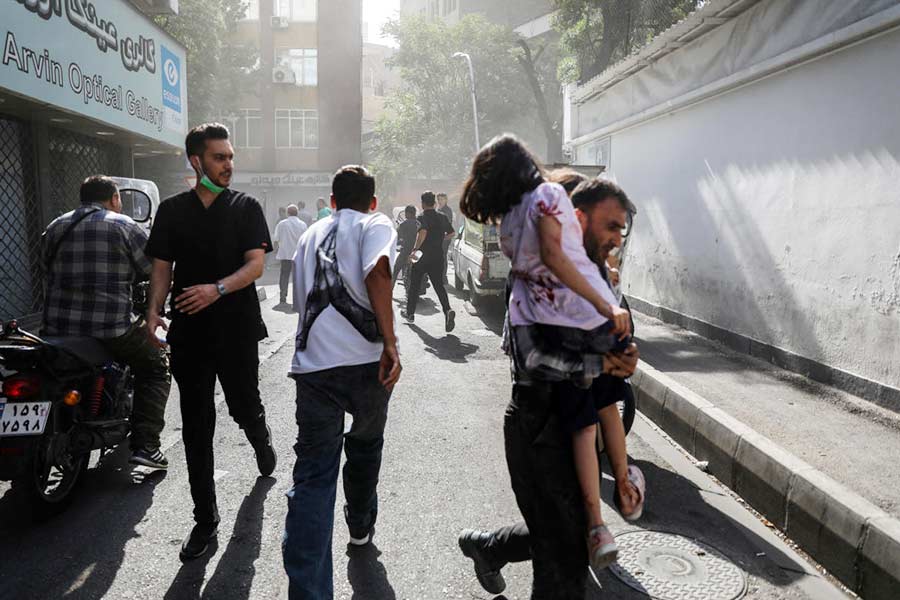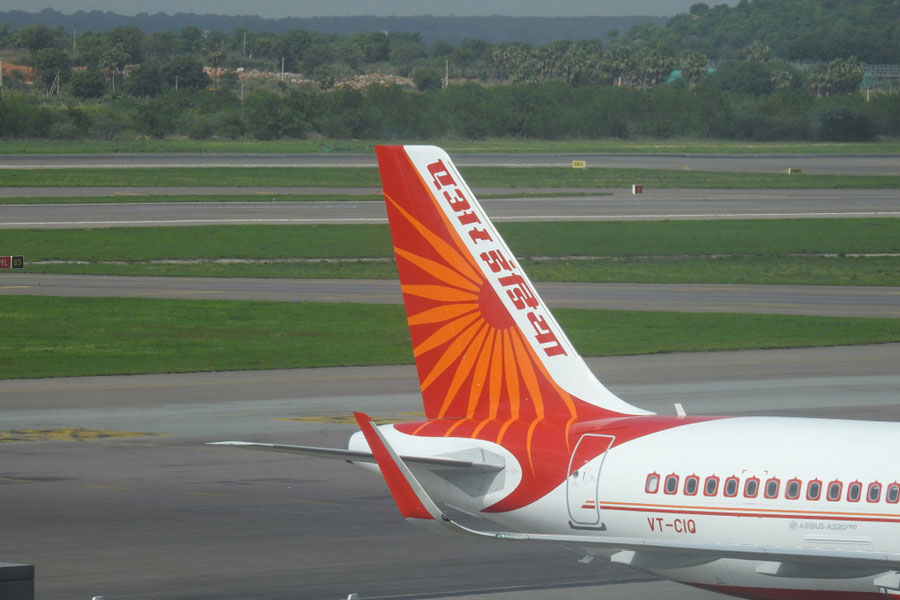 |
| Chatterjee in Calcutta on Saturday. Picture by Kishor Roy Chowdhury |
Calcutta, Nov. 24: Tata Steel plans to set up an 8-million-tonne pellet-making plant at an investment of over Rs 1,000 crore.
The plant will come up at Jharkhand or Orissa where the company has iron ore mines. In 2004, the company had announced that it would set up a 4mt pellet plant to ensure a steady supply of feedstock for its proposed steel unit in Bangladesh after the controversy over iron ore exports from the country.
Speaking at a two-day global steel seminar, Tata Steel adviser Amit Chatterjee said the company would set up the pellet facility near its iron ore mines to make use of the fines generated during the extraction of ore lumps.
After washing out impurities, iron ore fines are glued with additives such as limestone and coal to form pellets that can be directly fed into furnaces to make steel.
Steel Authority of India (SAIL) is also planning a 6mt pellet plant involving an investment of Rs 800-1,000 crore. “We are carrying out a feasibility study for setting up the plant at Bhilai,” said a SAIL official. “However, our plants will be in the range of 2-3mt each,” he added.
Ispat Industries and Rashtriya Ispat Nigam are also planning their own pellet plants to circumvent the problem of raw material availability. Steel makers such as Essar and JSW have adopted the Corex technology to make steel from iron ore fines.
On iron ore exports, Chatterjee said the government should ban exports of ore having more than 60 per cent iron content.
“By 2020, domestic steel production will be around 170mt, if not 219.3mt as projected, compared with 46mt in 2006-07. Given the capacity expansion plans of steel manufacturers in the country, domestic production will go up to 96.15mt by 2009-10. It is expected to cross 50mt in the current fiscal itself,” Chatterjee added.
“There is enough iron ore for steel makers to be able to produce the quantity projected for 2020,” he said.
provided ore is not sold to big companies of other countries,” he said.
Big steel makers are looking at India for its rich reserves of high-quality iron ore. But exports of high-grade ore to other countries will help industry growth there and not in India,” he said.
A four-fold increase in steel production by 2020 will also lead to a shortage of skilled hands. “There won’t be enough engineers available to work at iron and steel manufacturing plants,” Chatterjee said.
As a pre-emptive measure, Tata Steel is tying up with different engineering colleges and universities to ensure that it doesn’t face a scarcity of skilled manpower.
“We have tied up with IIT Kharagpur. The institute will offer a four-year engineering course exclusively on iron and steel for graduates beginning next year. The first batch will start with 60 students. We will also talk to the University of Holland,” Chatterjee added.











